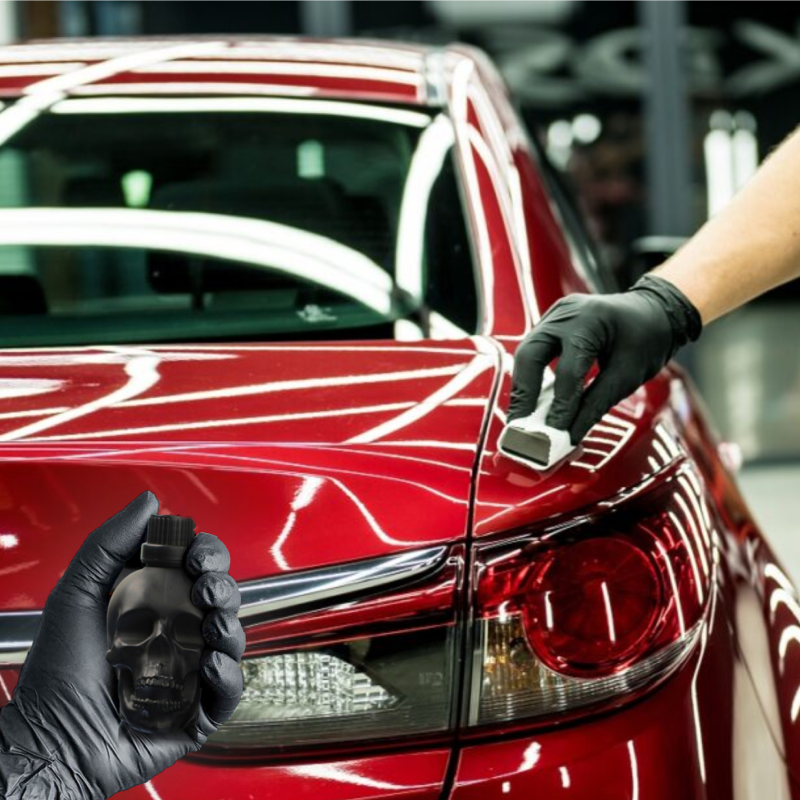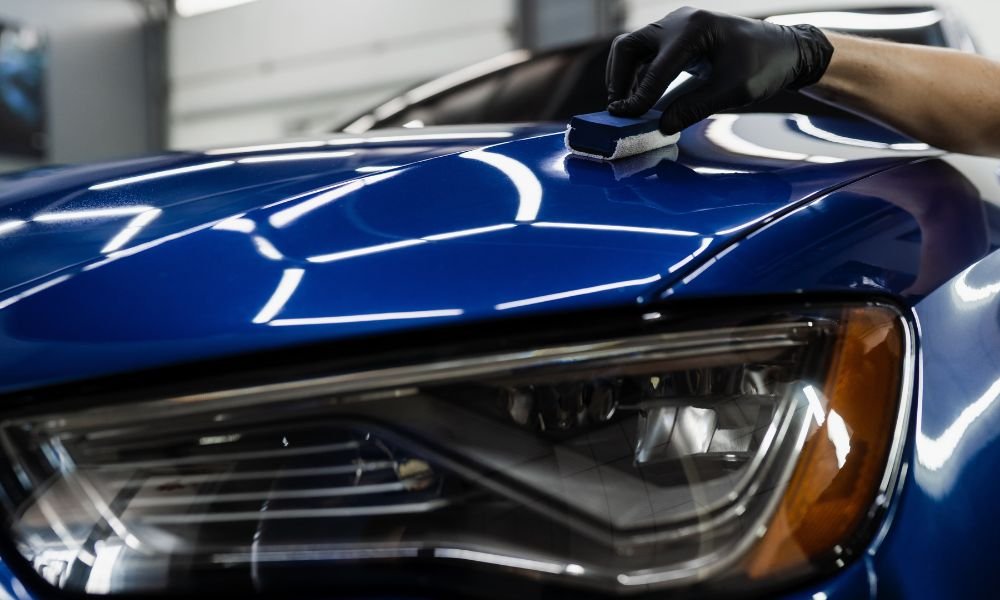Get high-quality ceramic coating Sarasota to shield your car’s paint.
Get high-quality ceramic coating Sarasota to shield your car’s paint.
Blog Article
A Comprehensive Overview to the Kinds Of Ceramic Coating on the marketplace
Ceramic coatings have arised as a crucial option throughout numerous markets due to their distinct residential properties and applications. As we explore the distinctive characteristics and applications of these finishings, the effects for efficiency and long life come to be increasingly apparent, elevating questions about which type might finest suit your requirements.
Comprehending Ceramic Coatings
Ceramic coverings are advanced protective solutions that have acquired popularity in different industries, especially in auto and aerospace applications. These coverings include a liquid polymer that, when healed, creates a sturdy, hydrophobic layer externally of the substratum. This layer offers enhanced resistance to ecological contaminants, UV radiation, and chemical direct exposure, thereby expanding the life and visual allure of the underlying material.
The basic part of ceramic layers is silica, which adds to their hardness and longevity. The application procedure usually involves surface prep work, application of the finishing, and curing, which can be attained with warm or UV light. When cured, ceramic coverings show outstanding bonding properties, allowing them to stick highly to a selection of surface areas, including steels, plastics, and glass.
In enhancement to their safety functions, ceramic finishings also supply ease of maintenance. Their hydrophobic nature reduces the adherence of dust and grime, making cleansing simpler and less frequent. Overall, the fostering of ceramic coverings stands for a significant advancement in surface area protection innovation, providing both practical and visual benefits across numerous markets.
Sorts Of Ceramic Coatings
Different sorts of ceramic coatings are readily available, each created to satisfy details performance needs and applications - Auto Detailing. The most common types include:
Silica-based Coatings: These layers mostly consist of silicon dioxide and are recognized for their resilience and chemical resistance. They are commonly made use of in auto and commercial applications.
Titanium Dioxide Coatings: Distinguished for their photocatalytic residential or commercial properties, titanium dioxide coatings are typically applied in environments where self-cleaning and antifungal residential or commercial properties are preferable, such as in building materials and automobile finishes.
Zirconia Coatings: Characterized by their high-temperature stability and thermal resistance, zirconia layers are made use of in applications such as wind turbine engines and high-performance automotive parts.
Alumina Coatings: Displaying exceptional hardness and thermal security, alumina coverings are regularly used in wear-resistant applications, including reducing devices and industrial equipment. - Auto Detailing
Hybrid Coatings: Incorporating the residential properties of numerous products, crossbreed layers supply boosted efficiency characteristics, making them ideal for one-of-a-kind and requiring applications.
Each kind of ceramic layer offers unique objectives, enabling customers to choose the most suitable option based upon certain ecological problems and efficiency demands.
Benefits of Ceramic Coatings
Coatings play an essential duty in enhancing the efficiency and longevity of surfaces throughout numerous markets. Ceramic coatings, in specific, offer countless advantages that make them significantly prominent among suppliers and customers alike. One of the primary advantages official site is their outstanding durability. These layers are immune to scrapes, chemicals, and UV rays, making sure that the underlying surface area continues to be safeguarded in time.
Along with resilience, ceramic coatings offer outstanding hydrophobic properties, enabling for simple cleaning and maintenance. This water-repellent nature decreases the adherence of dust, crud, and various other you can try this out impurities, which can prolong the visual appeal and functionality of the surface area. Ceramic finishes can significantly improve thermal resistance, making them suitable for applications that withstand high temperatures.

Application Process
When using ceramic finishes, a precise method is important to achieve ideal outcomes. The application process commonly starts with detailed surface prep work. This includes washing, sanitizing, and brightening the surface area to get rid of all impurities, including dust, oil, and prior waxes or sealants. A tidy surface makes certain proper attachment of the finish.
Once the surface is prepped, the following step is to use the ceramic coating. This can be done making use of an applicator pad or a microfiber cloth, guaranteeing even coverage. It is critical to operate in little sections to keep control and protect against premature curing. The covering ought to be used in slim layers, as thicker applications can cause uneven surfaces.
After application, the finishing needs a details curing time, generally ranging from a couple of hours to a full day, depending upon the item. During this time, it is vital to prevent exposure to wetness or contaminants. Finally, a mild buffing might be needed after healing to enhance the gloss and eliminate any kind of high spots. Following these actions vigilantly will make best use of the efficiency and durability of the ceramic finishing, supplying a long lasting safety layer for the surface.
Upkeep and Longevity
To ensure the long life and efficiency of a ceramic covering, normal maintenance is vital. Ceramic finishes, known for their sturdiness and safety qualities, call for details care regimens to optimize their life expectancy and efficiency. The very first action in maintenance includes regular washing with pH-neutral soap, staying clear of severe chemicals that why not try these out can break down the finish. It is a good idea to wash the car consistently, preferably every 2 weeks, to stop the build-up of impurities that can endanger the covering's stability.
Along with routine washing, regular examinations are crucial. Seek indications of wear or damages, such as hydrophobic homes lessening or surface imperfections. If essential, a light polish may be related to rejuvenate the covering without stripping it away.
Moreover, the application of a booster spray can enhance the finishing's hydrophobic effects and restore its gloss. This is especially valuable for finishings that have been in usage for an extended period. Inevitably, by adhering to these maintenance methods, one can considerably prolong the life of a ceramic finish, making sure that it remains to offer ideal defense against ecological variables and maintain the visual appeal of the lorry.
Conclusion

Report this page